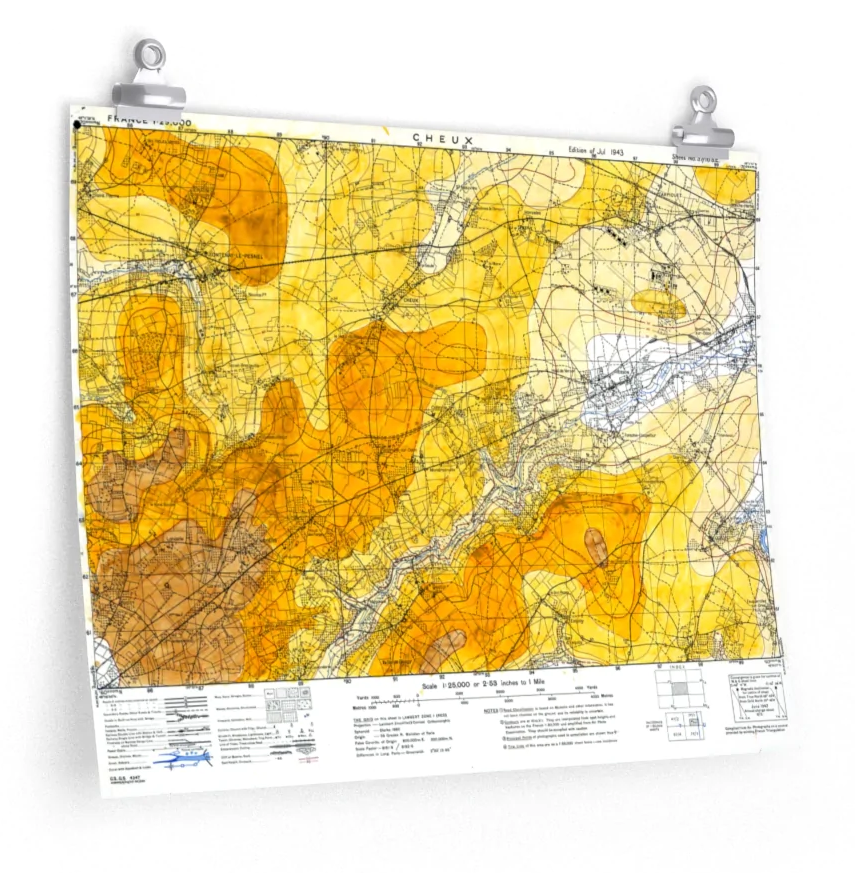Operation Cottage
The “Battle” of Kiska and the Aleutians Campaign is certainly among of Canada’s little discussed, and strangest, operations of the Second World War. It was the Canadian Army’s second large contribution to the Pacific Theatre, after the Battle of Hong Kong in December 1941. Kiska involved both the 13th Infantry Brigade and the joint American-Canadian unit, the First Special Service Force. No actual fighting took place as the Japanese evacuated the island before the Allied landings but American and Canadian troops were still killed and wounded. This “battle” was the last major Canadian Army involvement in the war in the Pacific.
The Japanese Empire had been expanding since December 1941 when it attacked British controlled Malaya and the American Pacific Fleet at Pearl Harbor. The initial Japanese advances captured many European and American colonies in East Asia and the Pacific. The advances came to an end in mid 1942. The next stage of the Japanese advance was a two-pronged attack against American islands in the Pacific. The main attack saw a Japanese carrier force attack the American base on Midway Island in hopes of drawing out American forces in a decisive battle. The surprise attack failed as the Americans knew of the plan beforehand. Following the defeat at Midway, Japanese forces occupied Attu and Kiska in the Aleutian Islands in early June 1942 with no American resistance. The capture of these islands represented the extreme edge of the Japanese advance in the Pacific.
Kiska Island - Aleutian Islands Chain
Invasion of Kiska
The attack on Kiska came in August 1943. Several thousand Canadians participated in the American-led Operation Cottage. The Canadian contribution was the 13th Canadian Brigade of the 6th Division, along with numerous support units such as artillery, engineers, and medical services. These were not the only Canadians involved as it was to be the first combat action of the First Special Service Force, a unit composed of highly trained American and Canadian soldiers. The combined American-Canadian attack on Kiska included 34,426 soldiers, of which 5300 were Canadian.
The American commanders were unaware that the last Japanese troops left Kiska on the 28th of July 1943. The first landings by troops of the 7th American Infantry Division on Kiska were launched on the 15th of August 1943 followed by the landings of the 13th Canadian Infantry Brigade on the 16th. The troops quickly discovered that the island had been evacuated. Despite the lack of Japanese soldiers, there still were American and Canadian casualties. Some were wounded and killed in friendly fire as nervous soldiers fired into the fog amongst the confusion. Others were wounded and killed by enemy mines, booby-traps, and explosive ordinance left on the island. The Canadians sustained eight casualties, four dead and four wounded. Total Allied casualties connected to the Kiska landings numbered 313 casualties
Explore the Defences of Kiska Island
Aftermath
The lack of a battle at Kiska raises the questions of what the reaction in Canada would have been had numerous Canadians, especially conscripts, been killed by the Japanese on American soil. Given the issues faced during the two conscription crises, one would think the reaction would have been far from quiet. Colonel C.P. Stacey, the Canadian Army official historian of the Second World War, presented Kiska as a missed opportunity to show what the soldiers conscripted under the National Resources Mobilization Act could do in battle and change the “hostile attitude” that the Canadian public took toward them. This is a rather optimistic view because if the fighting had taken place on Kiska it may have been as difficult and bloody as what happed on Attu. This would have put many conscripts, especially French-Canadians, into combat. Had Kiska been as bloody as Attu, the ramifications on the Canadian home front could have been catastrophe for the government of Prime Minister William Lyon Mackenzie King. More importantly the Canadian war effort may have suffered from a backlash, particularly in Quebec, due to many conscripts being killed or wounded on foreign soil. Canada was fortunate that the Japanese abandoned Kiska without a fight.
Operation Cottage Story Map
Resources:
Photograph intelligence Report on Japanese Anti-Aircraft and Coastal Defense Guns
Photograph intelligence Report on Japanese Military Buildings
Combat Narrative: The Aleutians Campaign
Support the project:
How can you support the project:
Buy a map today!
We sell dozens of authentic maps covering DDay, Monte Cassino, Dieppe, Market Garden and more. These are high resolution scans of original maps that you can only find in the archives.
Each map is printed on high quality paper ready for mounting in a frame for your office or living room.
The best part of buying a map? 100% of proceeds are directed back to the project allowing us to continue to map out the Second World War.




Other ways to support the project:
Donate
You can help us tell the story of Canadian soldiers by donating today!
Our team is dedicated to keeping the story of Canada in the Second World War at the forefront using interactive technology that makes history open and accessible.
With your donation you help us to keep mapping and digitizing war diaries so we can continue to tell the story of those who served and those who fell.
Join Patreon
Do you want to become part of the team? Consider joining Patreon!
As a member of Patreon you can influence our project, what we are working on, and can even direct message our team. As a Patreon you can even get discounts to our entire store!
With your membership you can show your commitment to the project by helping us every month. And the best part is, every Patreon dollar goes directly to the web map!














